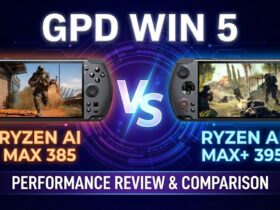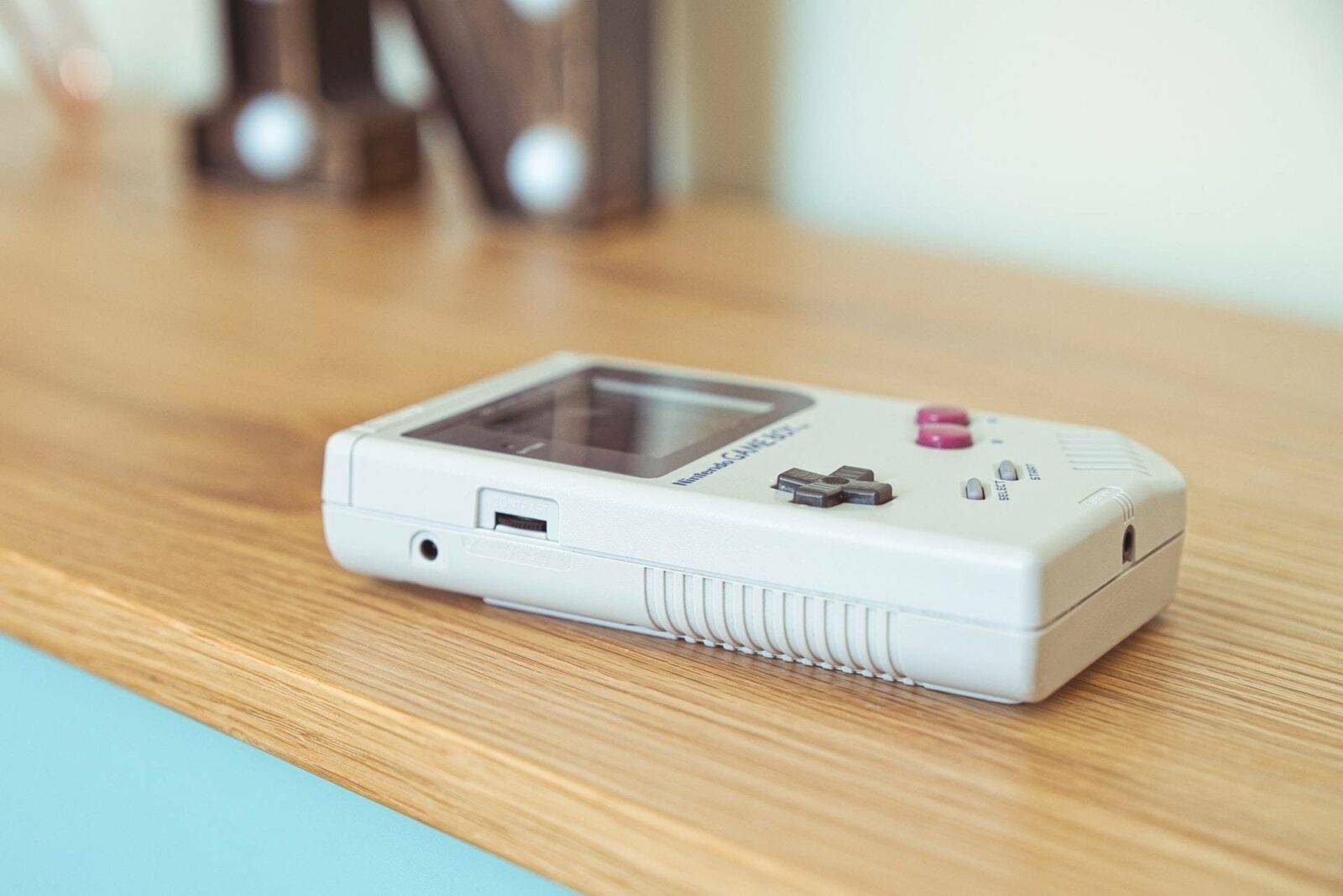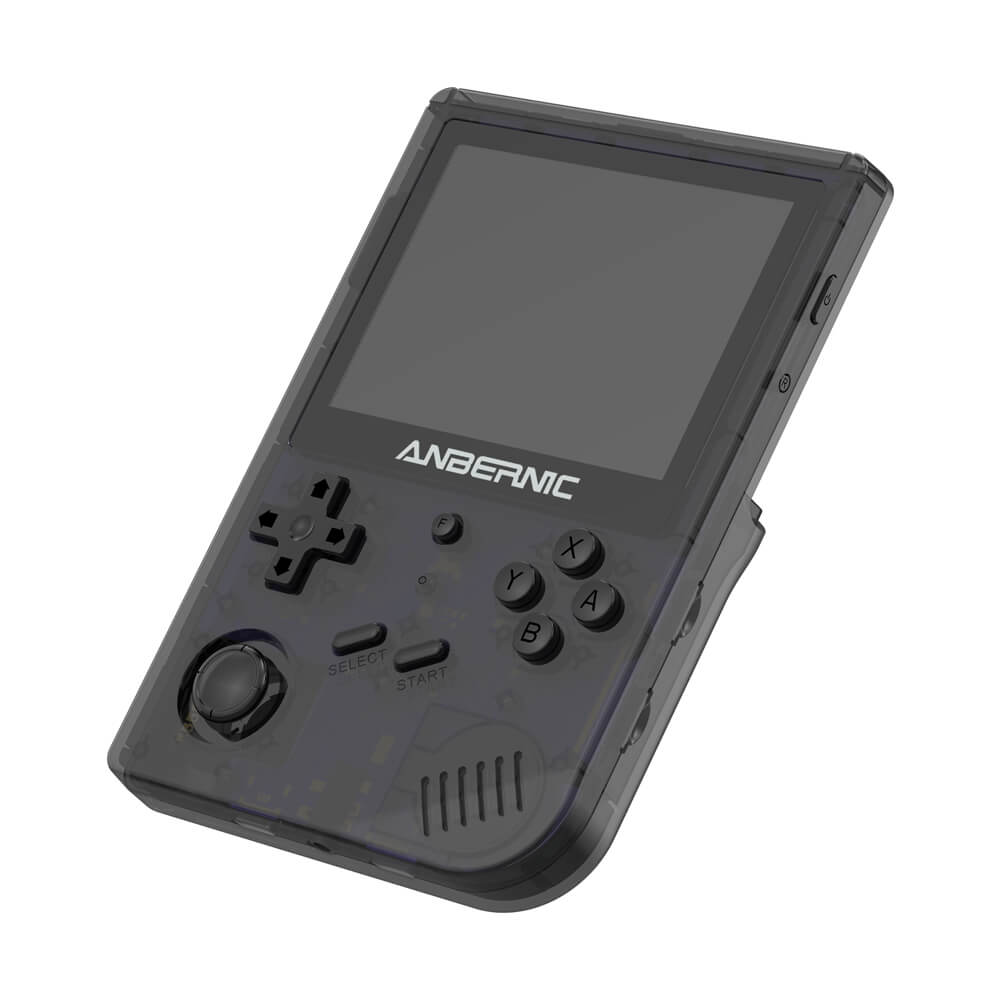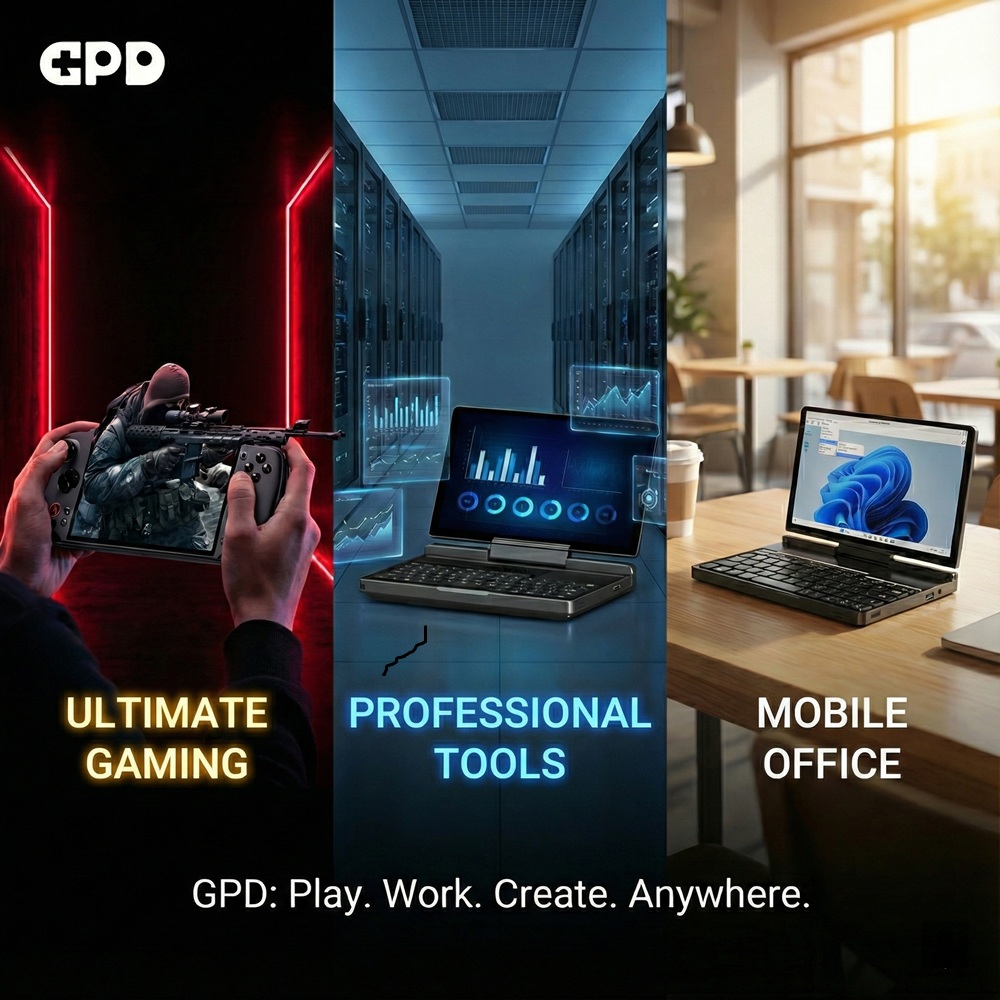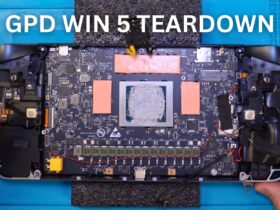Hi there! DroiX here attempting to answer an age-old question - what is a gaming handheld? We'll overview the broad definition of one, some generic advantages, and go over a few kinds you might find in the wild.
What is a gaming handheld?
A gaming handheld can be considered to be, as it's namesake implies, a gaming device that one holds in their hands. Gaming handhelds have had a long history - dating back as early as the 1980′s - and has come a long way since its inception.
Humble Beginnings
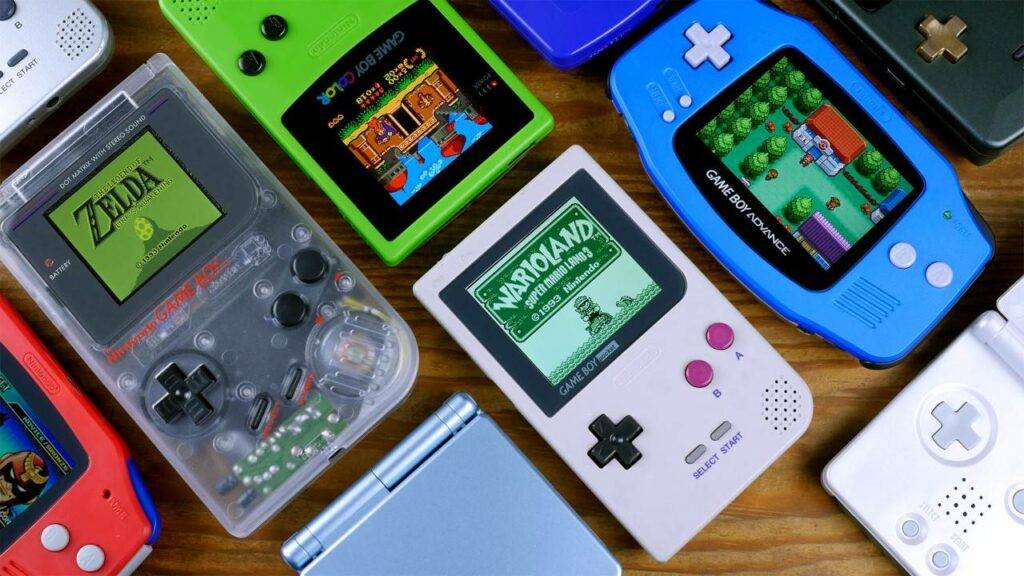
Handheld gaming wasn't always this bouquet of flexible, addictive gaming delights. Handheld gaming - at least as far as the mainstream goes - can be dated back to as far as the 1980′s with devices such Nintendo's Game & Watch series of handhelds, and infamous Tiger Electronics Handhelds.
It was during this period of time that video gaming as a medium was still finding its feet. So these handheld devices were considered more of a novelty toy than anything. With bright, gaudy coloured shells, unique designs, simple (yet often addictive - for the time) gameplay, monochrome colour schemes, and the fact that games were locked to the handheld they came in, the earliest handhelds were a far cry away from what one expects today.
Things changed however when Nintendo once again struck back into the scene with the now-iconic Game Boy (and soon to follow, the Game Boy Colour and Game Boy Advance). Gaming on the go had never been so amazing!
With hundreds of unique games, colourful, engaging visuals, and various hardware features (swappable cartridges, that enabled handheld devices to function as a true platform for gaming of their own. Gaming-on-the-go was becoming more legitimate by the day.
Immense Growth - Portable Gaming in the 21st Century
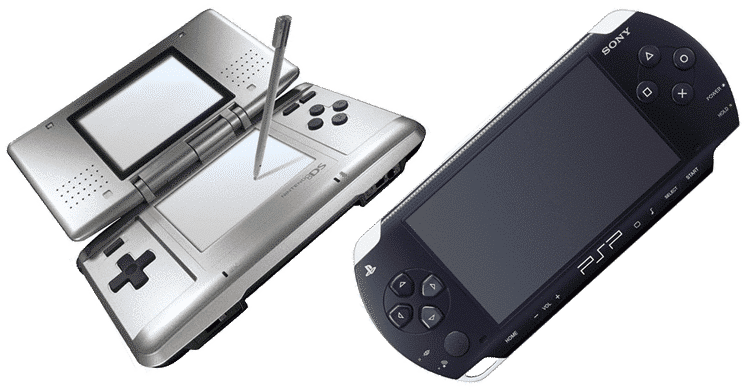
The handheld gaming scene in the 00′s can mostly be considered to have been dominated by two major families of device. You will find very little devices of note in this period outside of these families beyond niche failures like the Nokia N-Gage.
The first of these two families is the Nintendo DS. The "DS" part of the name comes from the "Dual Screens" that make up the core of the handheld's design, the bottom screen of the two being a basic, resistive touch screen.
The Nintendo DS was not a terribly powerful handheld, but it made up for it with intuitive design gave way to equally unique and intuitive game concepts that simply would not have been feasible on other platforms. To this day, there are some games that simply play better on the DS as they were designed with the device's hardware in mind.
The DS had many revisions throughout it's life (the DS, DS Lite, DSi and DSi XL), and was eventually succeeded by the Nintendo 3DS, which added an interesting built-in stereoscopic 3D effect alongside many refinements to the original design.
The other family of devices that dominated the turn of the new millennium is Sony's counterpart - the Playstation Portable (or "PSP"). The PSP originally used a proprietary disc-based system (the discs being called "UMDs".
The PSP was capable of handling much higher fidelity experiences than the Nintendo DS. With games often having full 3D visuals, voice acting, and breath-taking (at the time and considering its nature) visuals. The PSP provided a much more contemporary gaming experience when compared to the DS.
Later on in it's successor, the PS Vita, Sony would abandon the UMDs for a more practical cartridge-based system.
The Rise of Third Party Hardware
In recent years there has been a large uptick in the popularity of niche electronic handheld devices. In particular, devices with very small form factors, as well as retro gaming handhelds.
These handhelds are a paradigm shift away from the "500-in-1″ hyper-cheap bootleg rom-playing devices that would every so often sneak their way out of China and make their way into an unsuspecting pawn shop or Christmas stocking.
Developments in this scene have been exploding in this scene since 2017, starting with basic devices like the RS-97, eventually being refined into incredibly compact and flexible forms such as the RG351M.
With the consistent quality being provided by manufacturers already, and the rise in popularity of the scene, The future is looking bright for the retro gaming handheld scene, with improvements in software and hardware being refined with each new revision.
What's good about them?
Essentially, there are two main advantages to gaming handhelds that are inherent.
A Gaming Handheld Is Portable
Gaming handhelds are designed to be held in the hand. This is kind of a circular statement, but it rings true.
This means that you are limited only by your own pockets and/or bag space for when it comes to lugging a handheld around with you.
A Gaming Handheld Requires Less Investment
A handheld device must be capable of being used on-the-go. From this, we can understand that everything necessary to play games should be in your hands straight away.
This makes gaming handhelds massively appealing for those who do not have the time or money to invest in peripherals such as monitors, keyboards, mice, and so on.
…and the bad?
Equally, there are two main disadvantages to gaming handhelds that one must consider too:
They're not (as) powerful
Portable gaming handhelds - by consequence of their portable nature - are generally not as powerful as dedicated gaming consoles or PCs. There are a lot of considerations that need to be made to enable the portability, such as heat generation, durability, and battery life.
This brings us onto the next disadvantage of portable handhelds, which is…
Limited battery life can be… inconvenient
Due to running off of battery, unless you sit with it connected to a charger constantly (which isnt WRONG, but it does defeat the purpose somewhat), you will be limited by the battery life during gaming sessions.
For those that play for short periods of time (maybe 30 minutes to 2-or-so hours) this isn't much of a problem. But for those who regularly like to game for very long periods of time (i.e., 3+ hours), this can be a hinderance.
Mobile Phone vs Gaming Handhelds
A common argument against gaming handhelds will typically go something like this:
Why would I buy a handheld when I can just use my mobile phone with a controller?
S. Traw-Mann on the topic of "Retro Gaming Handhelds vs Mobile Phones"
This viewpoint is… not entirely wrong. Yes, with advancements in software and hardware, it is possible to play a variety of games on your mobile phone.
But with that, there are many things to consider:
What kinds of gaming handhelds are there?
Android Gaming Handhelds
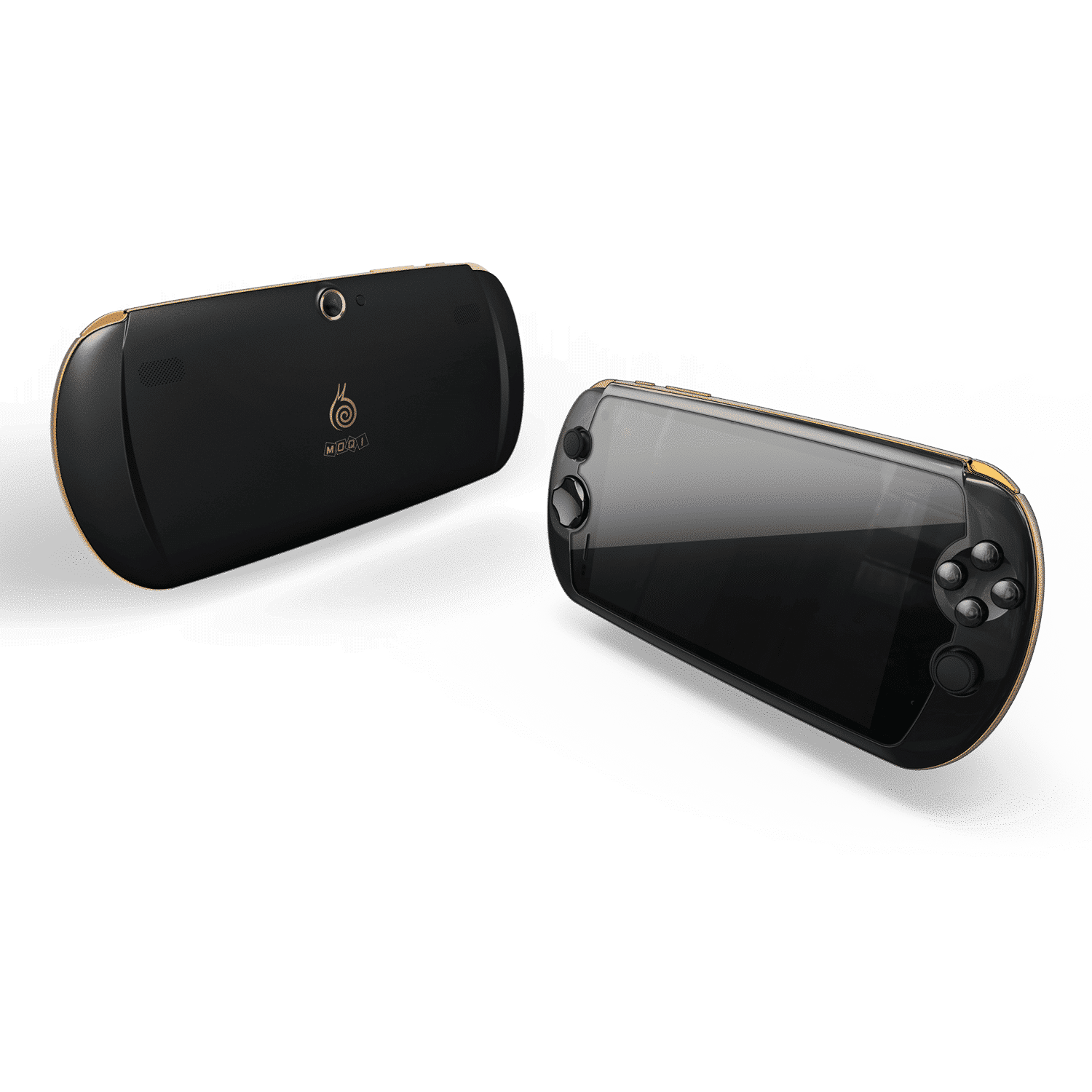
Android gaming handhelds are those that run the Android operating system and are designed first and foremost as a general gaming device. This category includes options like the MOQI i7, and the GPD XD Plus.
You can consider these devices to be more like mobile phones that are specialized for gaming. With built in controls and other features that make them more comfortable playing games.
Windows Gaming Handhelds
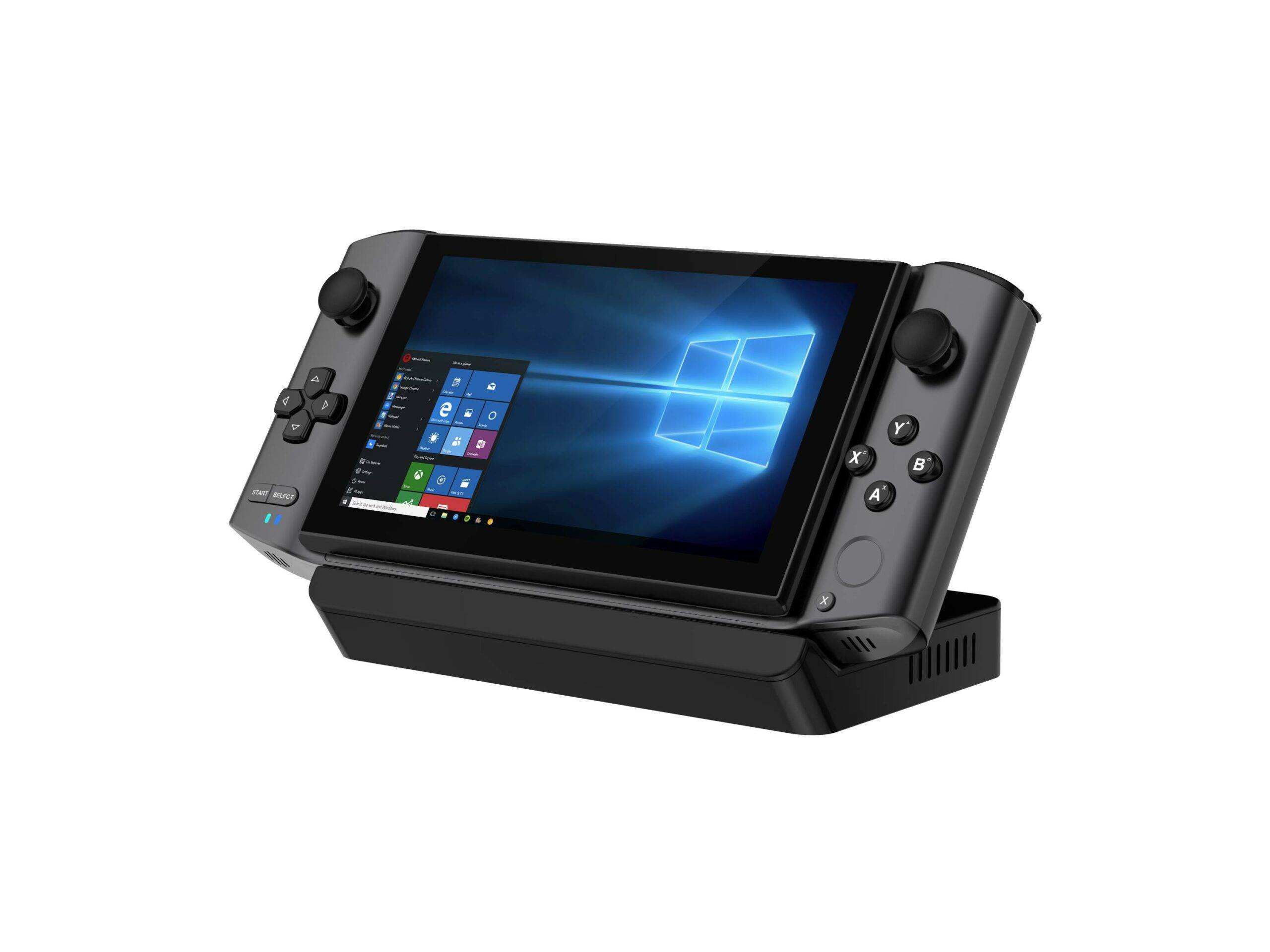
Windows Gaming Handhelds are more comparable to gaming laptops or gaming PCs. They will typically include either a small keyboard or a touch screen, or potentially even both in their design.
Of the three main kinds of handhelds, Windows Gaming Handhelds are generally the most powerful and the most flexiblel; they are essentially specialized gaming laptops in terms of performance.
Included in this category is the newly launched GPD Win 3 - which is a handheld capable of playing AAA games.
Retro Gaming Handhelds
Retro Gaming Handhelds are designed to play retro games. Their designs will often evoke elements similar to that of old handhelds, like how the RG351V looks very similar to the original Game Boy.
You'll need to dump your own game files first, but after some setup, retro gaming handhelds provide an easy and efficient way to store all your old games into one convenient piece of hardware.
Some retro gaming handhelds even run the Android OS. While they are technically android gaming handhelds because of this, we would consider them to be closer to retro gaming handhelds due to their design and capabilities.
Where do you buy a gaming handheld?
To wrap up this article, now we've run through what is a gaming handheld, and what kinds of gaming handhelds you'll find out there. We invite you to take a look at our range of handheld gaming devices. We stock Android, Windows, and even Retro handhelds.
That's all for now. Until next time!





